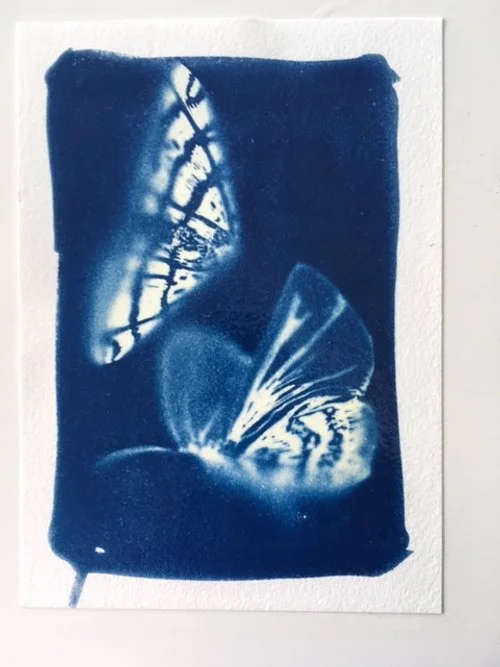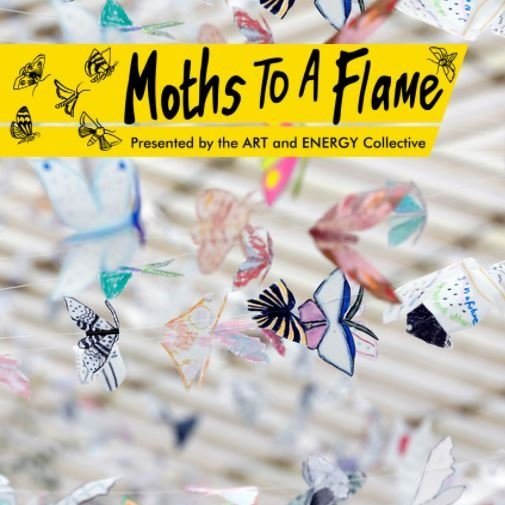Natural Energy holds it all together by Naomi Wright
One of Naomi’s thought pieces from our final Moths to a Flame publication.
I first thought about the sun’s energy lying on the ground under a tree, the sunlight dappling my face, my body feeling the earth and all the life force around me emanating from it. I was part of it, this living energy system, nature in and around me.
Years later, I worked on a nature reserve and ran nature clubs with local schools. We would squash everybody into the back of our Land Rover with all the kit we needed for the session, and off we went on an expedition of discovery and excitement. The children loved it, nowadays it would all be too risky. I was inspired by Earth Education, a 1960s/70s movement led by Steve Van Matre in America. It prescribed ways for connecting with nature through immersion and storytelling. Earth was a Sunship, whose passengers had to be kept happy and healthy, in balance, live sustainably. The children and I enjoyed playing with this idea. There was a mantra for this flow of life’s energy:
E. C. D. C. I. C. A
Once we remembered this we were on our mission in space – each session we would immerse ourselves in nature and experience closely all these things. Things that make our ecology work.
Energy
Cycles
Diversity
Change
Interrelationships
Communities
Adaptation
We always started with the sun and its energy. We would climb inside giant leaves and make atom ping-pong ball oxygen and sugar from carbon dioxide and water; we would lie on the ground, listen to the living world and absorb the sun, feel the heat in the ground. We would sit around a light at night, on a white sheet and watch the moths arrive. So many of them even then. Moths to a Flame 30 years ago! We would be giants in a tiny world and ants in a giants’ world. We would sit still and just be.
Another few decades after this time, I find myself saying this mantra again and starting with Energy; today that energy lens filters its way through the whole landscape. And I conclude with energy flow, the energy not disappearing but changing from from one form to another, able to harm the Earth as well as care for it. Energy has flowed from peatlands to garden soils, from the ancient sunlit oil to plastics and waste, from coal to steel in transport and buildings. Energy has been wasted on destruction rather than regeneration and restoration.
My own energy often feels like it is wasted on flicking through social media, on anxiety and housework.
Ever the optimist and recognising we are all biophilic, I think that if more of us understood our relationship with living energy systems then the world will be alright. We would think of biodiversity reflecting the energy in the landscape, the food chains representing the species present, the energy flow being used for positive ecological outcomes. We would enable carbon sequestration, harnessing renewable energy sources, rewilding of land and sea.
All of life’s energy cycling through plants, animals, fungi and bacteria, we would recognise that natural energy can be used to restore damage to the Earth.
I pick up my energy lens now and look at the way I live as part of nature, even more acutely aware of the impact I have, and the state of the world in climate emergency. I drift off, gently immersed and dreaming of a new world in which we are sociologically and ecologically interconnected in our restorative regenerated richly biodiverse landscape, my home. I’m living in nature, on Sunship Earth, through space – that final frontier.
E.C.D.C.I.C.A.
This thought piece has been taking from our final Moths to a Flame publication, available to purchase via the link on this page or in our online shop.
All purchases support the work of The Art and Energy Collective - thank you.





